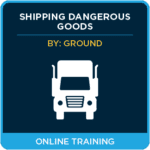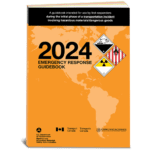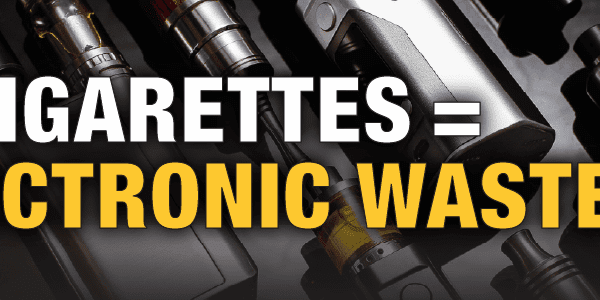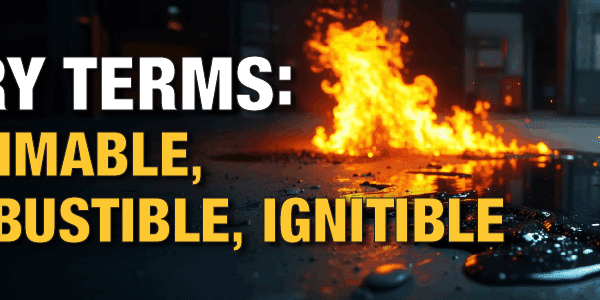
Corrosive Shipping Descriptions
Recently, Transport Canada issued an awareness bulletin regarding the classification of corrosives for Transport. Although intended for the Canadian audience, the information applies to all national bodies and modal transportation of dangerous goods regulations.
You may find the Transport Canada document HERE.
When classifying a mixture of corrosives, the immediate go-to shipping description is UN1759, Corrosive Solids, n.o.s for solids, or UN1760, Corrosive Liquids, n.o.s. for liquids.
Did you know that the UN Recommendations on the Transport of Dangerous Goods incorporated additional, more descriptive shipping descriptions? These shipping descriptions can be found in the 49 CFR regulations, the Transportation of Dangerous Goods Regulations, the IATA Dangerous Goods Regulations, and the IMDG Regulations.
These shipping descriptions include:
- UN1759
- UN3260 CORROSIVE SOLID, ACIDIC, INORGANIC, N.O.S.
- UN3261 CORROSIVE SOLID, ACIDIC, ORGANIC, N.O.S.
- UN3262 CORROSIVE SOLID, BASIC, INORGANIC, N.O.S.
- UN3263 CORROSIVE SOLID, BASIC, ORGANIC, N.O.S.
- UN1760
- UN3264 CORROSIVE LIQUID, ACIDIC, INORGANIC, N.O.S.
- UN3265 CORROSIVE LIQUID, ACIDIC, ORGANIC, N.O.S.
- UN3266 CORROSIVE LIQUID, BASIC, INORGANIC, N.O.S.
- UN3267 CORROSIVE LIQUID, BASIC, ORGANIC, N.O.S.
So, why are these better?
Most corrosives (not all) are strong acids or bases. They need to be handled differently in emergency response situations.
Let’s look at the difference:
Neutralizing an Acid Spill:
- Substance Used: A base (alkaline substance) is used to neutralize acid.
- Common Neutralizers: Common bases neutralizing acids include baking soda (sodium bicarbonate), lime (calcium oxide), or sodium hydroxide.
- Process: When the base reacts with the acid, it neutralizes it, producing water and a salt. For example:
- Acid (HCl) + Base (NaOH) → Water (H₂O) + Salt (NaCl).
- Procedure: For a small acid spill, sprinkle the neutralizing base slowly over the acid while wearing protective gear. Start from the edges and work toward the center, ensuring you don’t spread the acid further.
- Danger: Adding too much base too quickly can cause splattering, so gradually adding the neutralizer is important.
Neutralizing a Base Spill:
- Substance Used: Acid is used to neutralize a base.
- Common Neutralizers: Weak acids like vinegar (acetic acid) or citric acid are commonly used for base neutralization. More potent acids like hydrochloric acid can also be used, but with care.
- Process: The acid reacts with the base to neutralize it, again producing water and a salt. For example:
- Base (NaOH) + Acid (HCl) → Water (H₂O) + Salt (NaCl).
- Procedure: Similar to acid spills, pour the neutralizing acid slowly onto the base while wearing appropriate safety gear. Start from the outer edges and work your way inward, avoiding splashing.
- Danger: Adding acid too quickly can cause a sudden, vigorous reaction, potentially resulting in splashes or heat release.
Key Differences:
- Type of Neutralizer: Acids are neutralized by bases, and acids neutralize bases.
- Reaction Outcome: In both cases, the reaction forms water and a salt, but the specific chemical reaction depends on whether the neutralized substance is an acid or a base.
- Handling: Both spills require careful handling, but neutralizing a base might require more caution since strong bases can be more caustic and corrosive, whereas acids are often more reactive in their neutralization with bases.
If you use UN1760 or UN1759 as your shipping description, emergency responders may not know the best method for spill cleanup.
Correctly classifying corrosive substances ensures safe handling and effective emergency response. The updated shipping descriptions under UN1759 and UN1760 provide more detailed and specific information, helping responders quickly identify whether the material is acidic or basic corrosive and determine the most appropriate neutralization method. This level of detail enhances safety, reducing the risk of mishandling during a spill and ensuring a more efficient response. By using the more descriptive classifications, you comply with the latest regulations and contribute to safer transportation and handling of dangerous goods. Always ensure your shipping descriptions accurately reflect the nature of the material to facilitate a swift and effective response in an emergency.
Do you have questions about Regulations? Our team of experts is just a call away for our customers at 855.734.5469 or send us an email, we’re happy to help.
Stay up to date and sign up for our newsletter!
We have all the products, services, and training you need to ensure your staff is properly trained and informed.
 TDG Regulations TDG Regulations |
 Shipping Dangerous Shipping DangerousGoods by Ground |
 ERG Publications ERG Publications |





